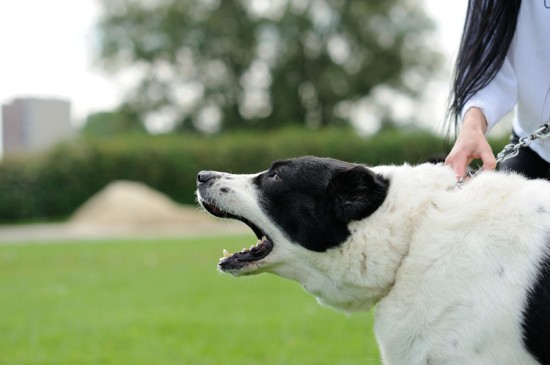
Training your dog is an important part of making her into part of your family. You don't want a "crazy" dog that's disobedient, mean to strangers and guests, or tears up your house's interior. When should you begin training your new dog? As soon as possible. It doesn't matter if she's a newly walking puppy or a dog of several years in age that you got from a friend or the local animal shelter. The only thing to do before you begin training a new dog is to get him checked out by the local or your family veterinarian first, so that you're aware of any health complications that the dog might have.
Once you begin training your new dog, how should you proceed to ensure proper training sans abuse (accidental, of course)?
* Plan out everything that you want to train your dog to do. This is important to understand: you are not training your dog not to do certain things. Yes, there are certain things that you don't want her to do, like crap on your carpet or rip up the pillows on your couch. But the way to train a dog is to teach her what you do want her to do in such a way so that she implicitly understands, in time, what unacceptable behaviors are. Write down what your training goals will be. Learn from books, DVDs, Internet articles, etc to understand how to approach dog training.
* Have realistic expectations. For instance, don't expect a puppy to never crap on the carpet again after one week of potty training and then flip out on him when he does. That's not realistic. Potty training takes several weeks. Dogs are intelligent in their way, but they don't have the best memories, so they must have lots and lots of non-abusive, firm reinforcement. When you learn about how to approach dog training you'll learn what realistic expectations are for certain dog breeds and ages. If you still aren't sure, consult a local or Internet-listed dog trainer.
* Prepare in advance. What equipment, how much space, etc will you need to train your dog? Have everything listed and purchased before the training commences. Of course you may learn of additional things later on. But for starting out, figure out everything that you can in advance and have everything you that you'll need at hand.
* Do incremental training. According to dog trainers, this means that you are to take every behavioral training in three parts: 1) Elicit the behavior. 2) Add in the command for that behavior and make it understood by your dog. 3) Slowly, gradually, add in the dog trainers' "3Ds" of training: distance, duration, and distraction. If your dog is not picking up on a particular behavior, rewind and go back to the point where she was doing well with learning, and start over from that point. And don' forget that your dog must be trained in a new behavior in every relevant place in your home. What the dog learned in the kitchen now must be relearned in the living room, and so on.
These are among the core basics of dog training. Of course, never hesitate to ask for help if questions arise as you commence with your training.
 Salmonella Poisoning In Dogs
Salmonella Poison
Salmonella Poisoning In Dogs
Salmonella Poison
 Is Your Dog Aggressive When On The Lead?
Is Your Dog Aggre
Is Your Dog Aggressive When On The Lead?
Is Your Dog Aggre
 What You May Have To Give Up If You Want To Own A Dog!
What You May Have
What You May Have To Give Up If You Want To Own A Dog!
What You May Have
 Planning On Camping With A Dog?
So, you are planning on camping with a dog? If you alrea
Planning On Camping With A Dog?
So, you are planning on camping with a dog? If you alrea
 Foot Corns In Greyhounds, Lurchers And Whippets
Foot Corns In Gre
Foot Corns In Greyhounds, Lurchers And Whippets
Foot Corns In Gre
Copyright © 2005-2016 Pet Information All Rights Reserved
Contact us: www162date@outlook.com